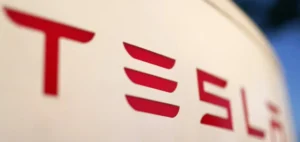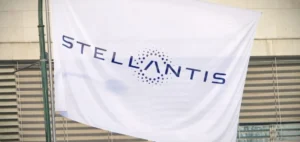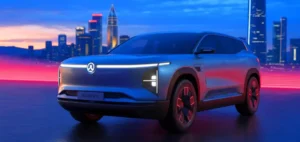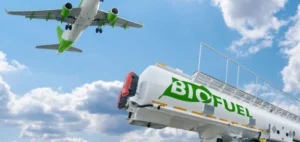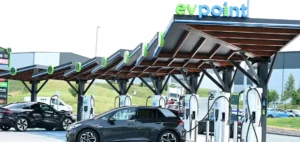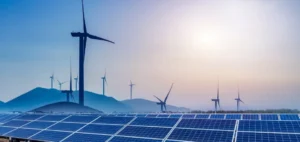MEPs and EU member states agreed on Wednesday to reduce air transport emissions by imposing a minimum level of “green” fuels for planes departing from the continent.
The text, part of the ambitious European climate plan, provides that the fuels available in EU airports will include at least 2% of “sustainable air fuels” (SAF) in their composition in 2025, then 6% in 2030, with a gradual increase to 70% by 2050. Sustainable fuels” include synthetic fuels (made from hydrogen and CO2), renewable hydrogen, jet fuels made from waste gases and waste plastics, or biofuels made from agricultural residues, algae, biomass, or used cooking oil.
The 2050 target is below what MEPs were calling for (85%), but exceeds the European Commission’s initial proposal (63%), which was taken up by the Member States. This law alone should make it possible to reduce CO2 emissions from European air transport by about two-thirds by 2050 compared to a scenario where no measures are taken, the Commission estimates. Aviation represents about 4% of European greenhouse gas emissions.
“Security of supply”
The agreement provides immediate certainty to companies and producers of “sustainable fuels”, and avoids the “fragmentation” of the European market, welcomes the federation Airlines for Europe (A4E), according to which the States must strengthen the production of SAF and “security of supply”. The agreement provides for a minimum share of 1.2% of synthetic fuels in the kerosene supplied by European airports in 2030-2031, far beyond what the Commission and the States proposed (0.7%). This share will reach 2% in 2032-2034, then 5% in 2035, before reaching 35% in 2050.
Synthetic fuels are the only ones “whose use can be increased in a sustainable way”, according to Matteo Mirolo, from the NGO Transport&Environment (T&E). The agreement is expected to boost their production, “giving companies the certainty that this +e-kerosene will become cheaper and widely available”. Low-carbon synthetic fuels” are included, i.e. manufactured with electricity from not only renewable energies but also from nuclear energy (therefore decarbonized), a provision supported by France in a number of European climate texts.
The text also provides that the bulk of kerosene supply for flights departing from the EU should be done at European airports, in order to limit emissions due to excessive fuel loads and to prevent airlines from circumventing the rules by sourcing fuel from outside the EU. The agreement excludes biofuels from food crops or palm oil by-products, but not from cooking oils, “which are in short supply in Europe, risking shortages in other industries” that might choose less green alternatives, T&E said.
Finally, the agreement opens the door to a future consideration of emissions other than CO2 (sulfur …), which represent two-thirds of the climate impact of aviation.
Another text of the European climate plan, definitively adopted on Tuesday, will make airlines pay for the CO2 emissions of their intra-European flights, with the gradual disappearance of the free allowances from which they benefited until now, but with an incentive mechanism in case of use of sustainable fuels.



